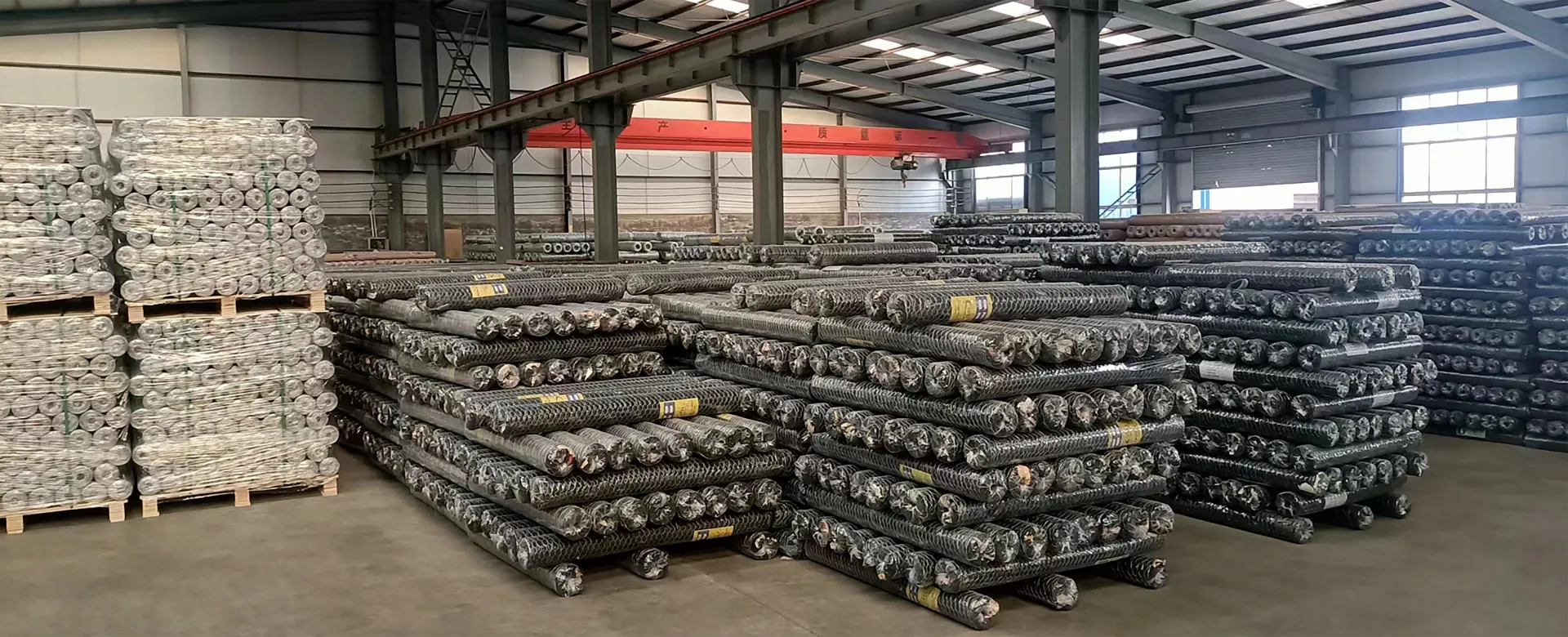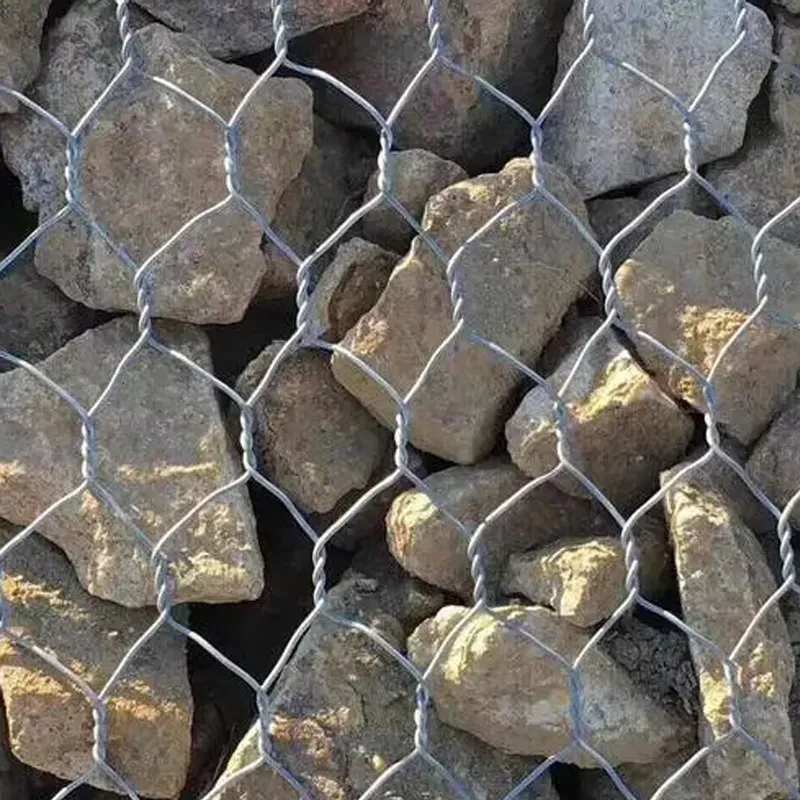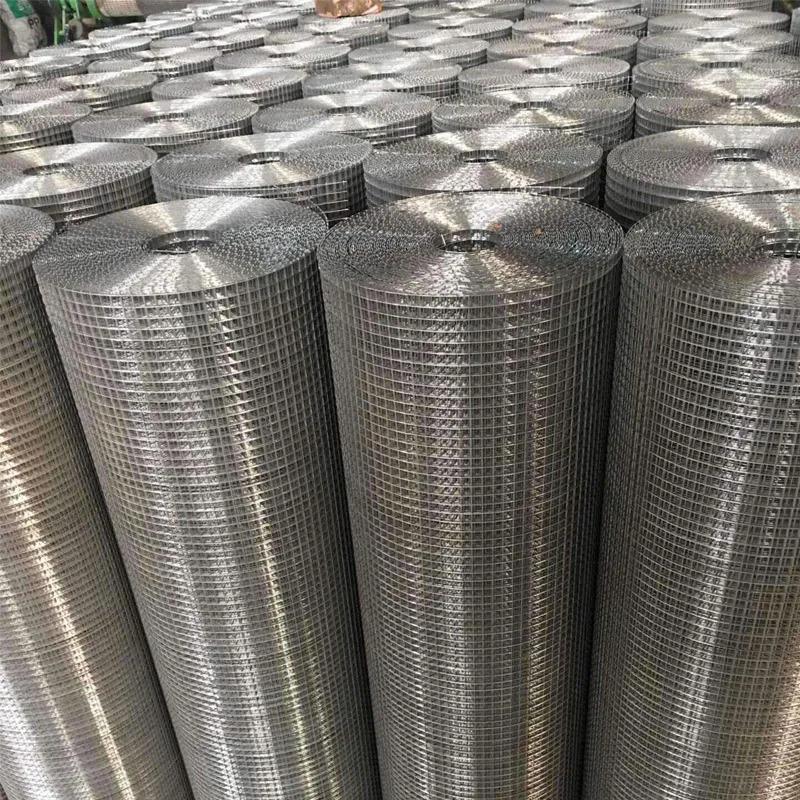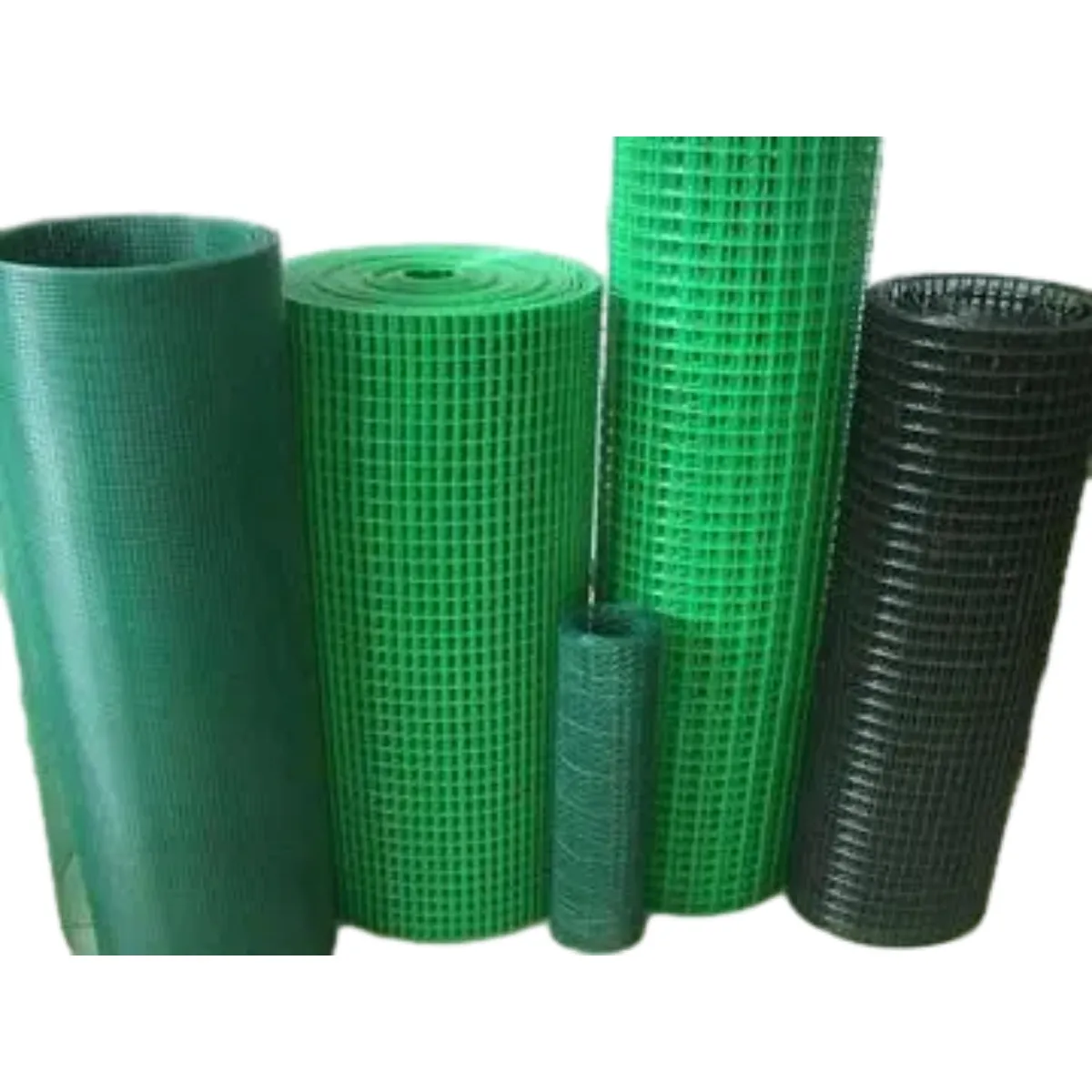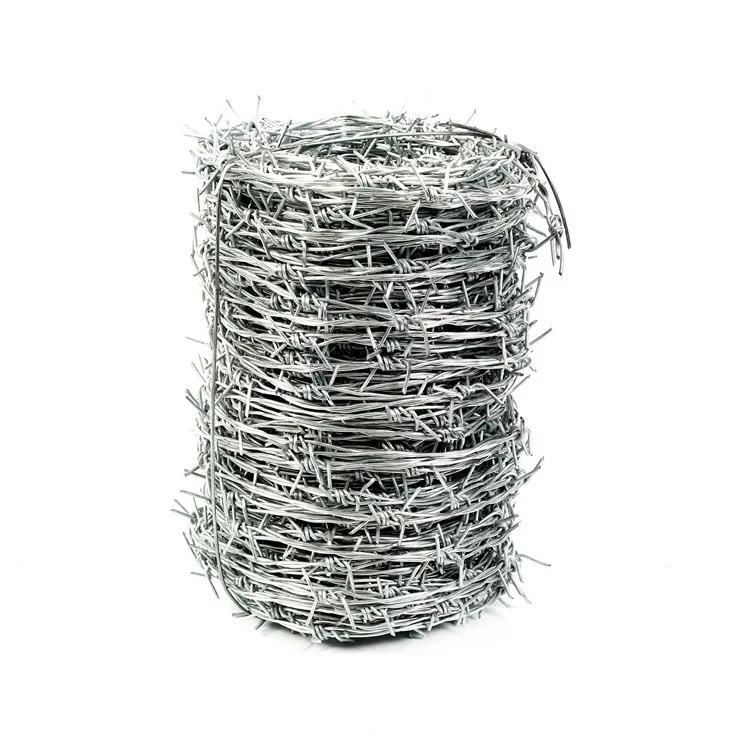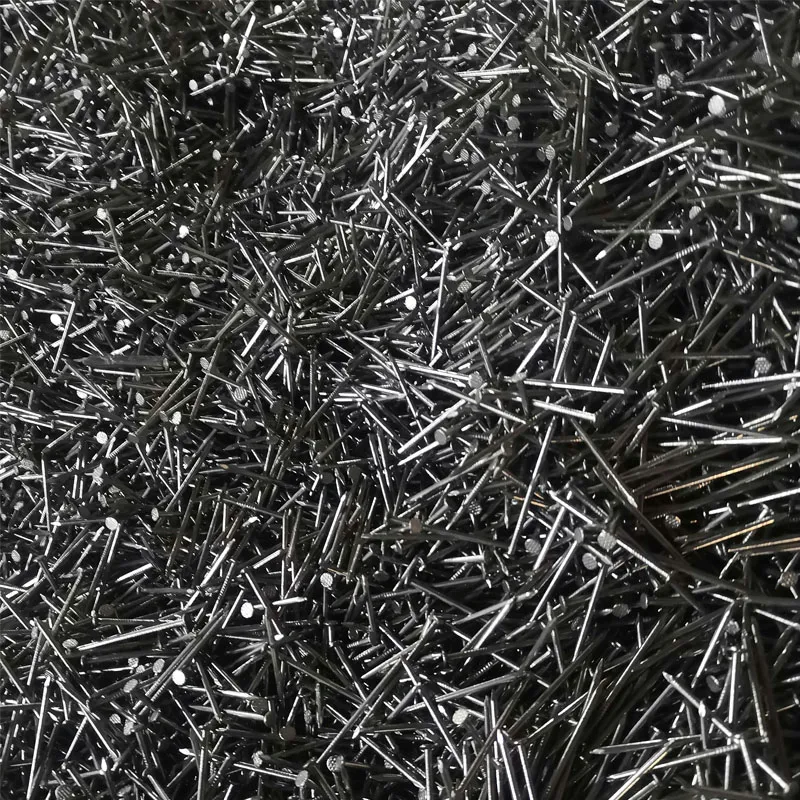Aug . 12, 2024 17:32 Back to list
Exploring the Historical Significance and Practical Uses of Barbed Wire Fencing in Agriculture
The Multifaceted Role of Barbed Wire Fences
Barbed wire fences have become a symbol of division and protection, woven into the fabric of landscapes across the globe. Originally invented in the late 19th century, barbed wire revolutionized agriculture, property protection, and even military strategy. Their sharp, twisted strands serve to secure boundaries, control livestock, and deter unwanted intruders, reflecting a complexity that goes far beyond mere practicality.
The inception of barbed wire can be traced back to 1867 when Joseph Glidden filed a patent for his design featuring sharp barbs along twisted wire strands. This invention swiftly gained traction among settlers in the American West, where the vast open landscapes required innovative solutions for establishing property lines and containing livestock. Prior to the widespread use of barbed wire, ranchers faced considerable challenges in keeping their cattle within designated areas, often resorting to costly wooden fences that consumed time and resources. Barbed wire provided a cost-effective and efficient alternative, fundamentally changing the way land was used and managed.
Beyond their agricultural applications, barbed wire fences have had significant implications in the realm of security and social dynamics. These fences are often employed by military and correctional facilities to secure perimeters, confining potentially dangerous individuals and safeguarding sensitive areas. The menacing appearance of barbed wire not only serves to deter escape or intrusion but also projects an image of authority and control. However, the very presence of such fences can evoke feelings of fear and isolation, drawing stark lines between communities and individuals.
barbed wire fences
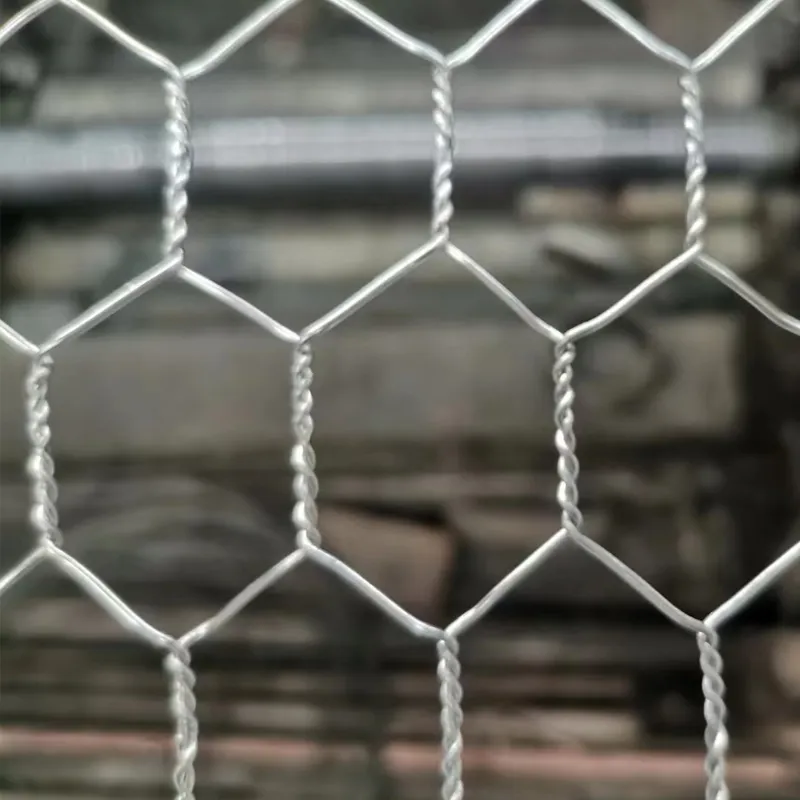
In urban environments, barbed wire has become a common sight atop walls and fences, especially in areas perceived as high-risk. The installation of barbed wire around properties can influence neighborhood dynamics, often leading to a sense of segregation. The implication of needing such security measures raises questions about social stability and trust among community members. In many cases, property owners might resort to barbed wire due to previous experiences with crime or vandalism, creating a cycle of fear that can erode the social fabric of neighborhoods.
Yet, despite its practical applications, barbed wire is not without controversy. The aesthetic quality of landscapes can be marred by the harsh presence of barbed wire fences, leading many to advocate for more visually pleasing alternatives. Additionally, the ethical implications of using barbed wire as a means of exclusion raise pressing questions in contemporary discourse. Activists often critique the use of barbed wire at borders and refugee camps, where it is seen as a barrier that reflects broader societal issues of migration, safety, and human rights.
Moreover, the environmental impact of barbed wire cannot be overlooked. Livestock can become entangled in the sharp strands, leading to injuries or even fatalities. Wildlife also faces risks from these fences as they traverse their natural habitats, potentially disrupting migration patterns and contributing to species endangerment. Consequently, various stakeholders are prompted to consider innovative fence designs that maintain security while minimizing harm to both livestock and wildlife.
In conclusion, barbed wire fences serve as more than just physical barriers; they embody a confluence of history, security, and ethical considerations. While they effectively provide protection and property delineation, their implications extend into the social fabric of communities and the natural world. As society continues to evolve, it is crucial to reflect on how such structures influence our environments and interactions, fostering a dialogue that balances safety with inclusivity and respect for nature. Ultimately, the future of fencing may lie in finding solutions that enhance security while bridging divides, transforming barbed wire from a tool of exclusion into a pathway for connection.
-
Weather Resistance Properties of Quality Roofing Nails
NewsAug.01,2025
-
How Galvanised Iron Mesh Resists Corrosion in Harsh Environments
NewsAug.01,2025
-
Creative Landscaping Uses for PVC Coated Wire Mesh Panels
NewsAug.01,2025
-
Common Wire Nail Dimensions and Their Specific Applications
NewsAug.01,2025
-
Choosing the Right Welded Wire Sheets for Agricultural Fencing
NewsAug.01,2025
-
Anti - Climbing Features of Razor Wire Barriers
NewsAug.01,2025

